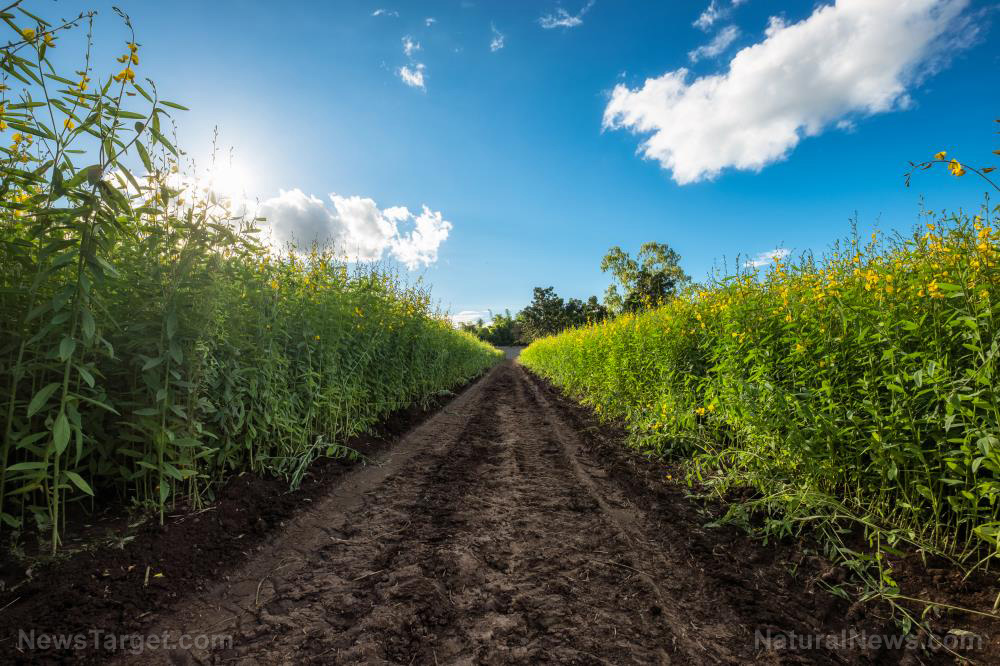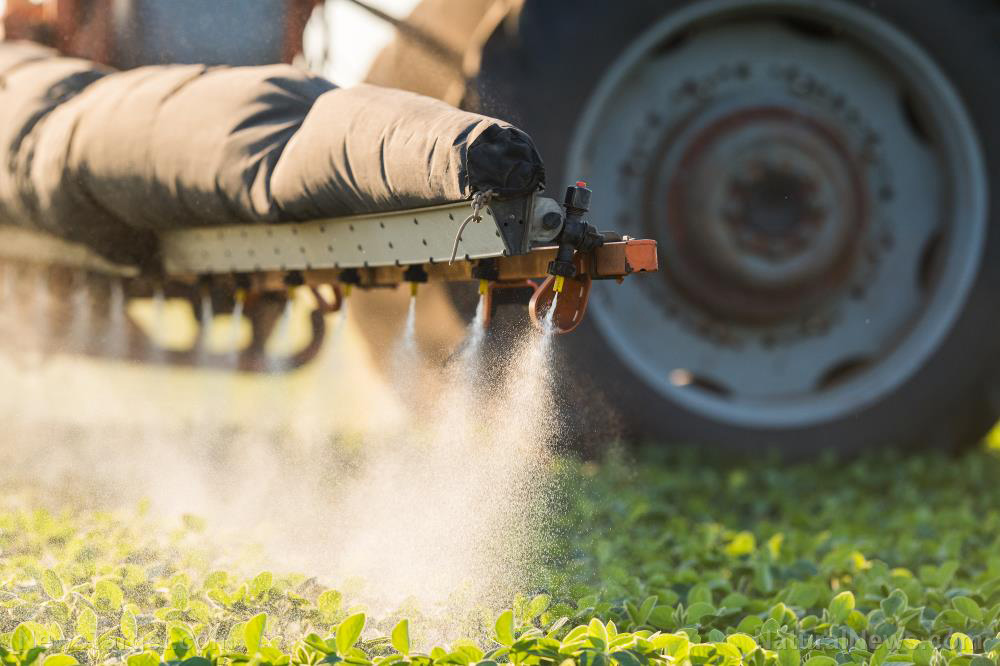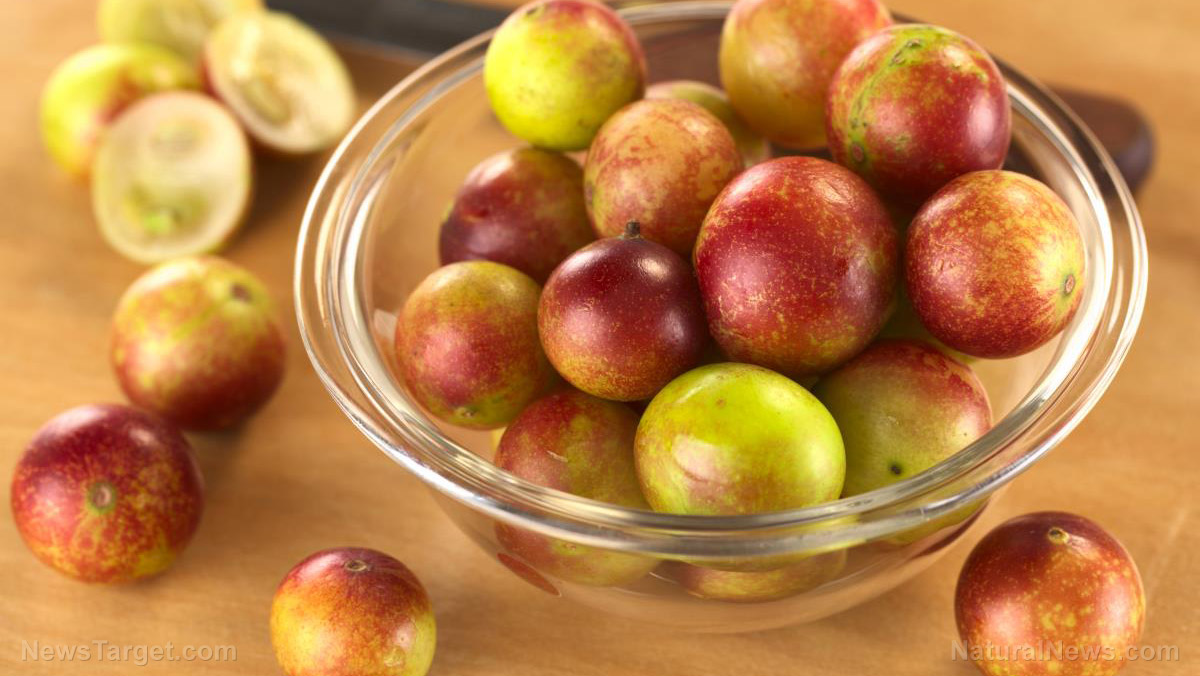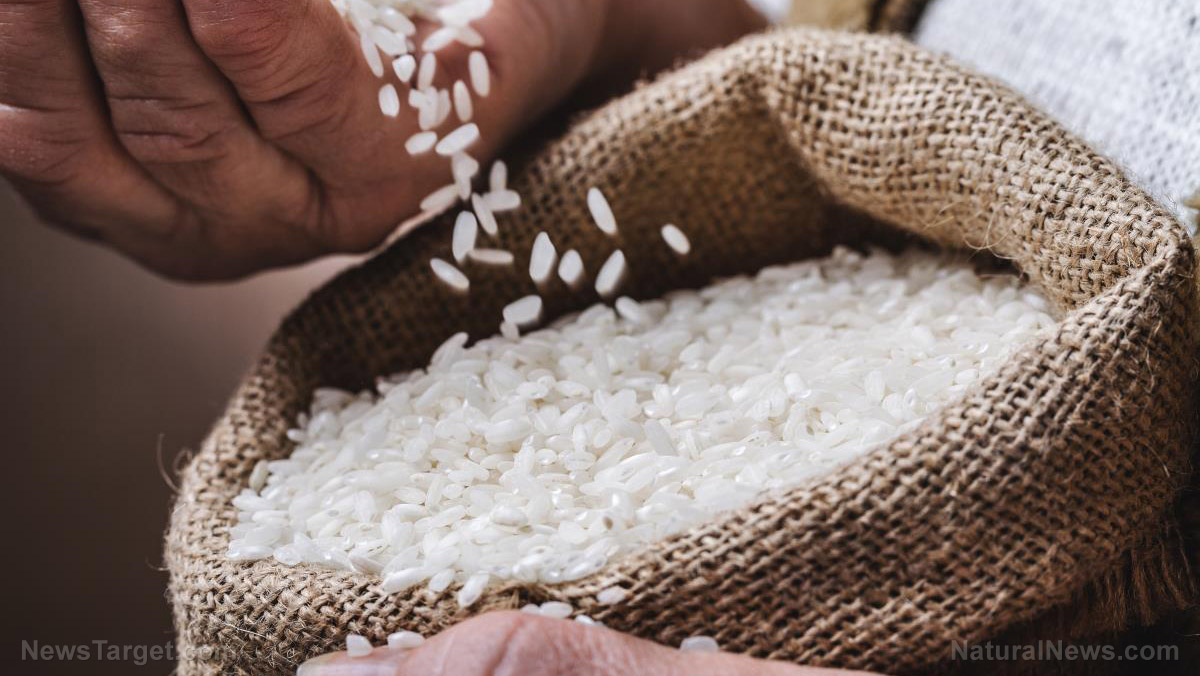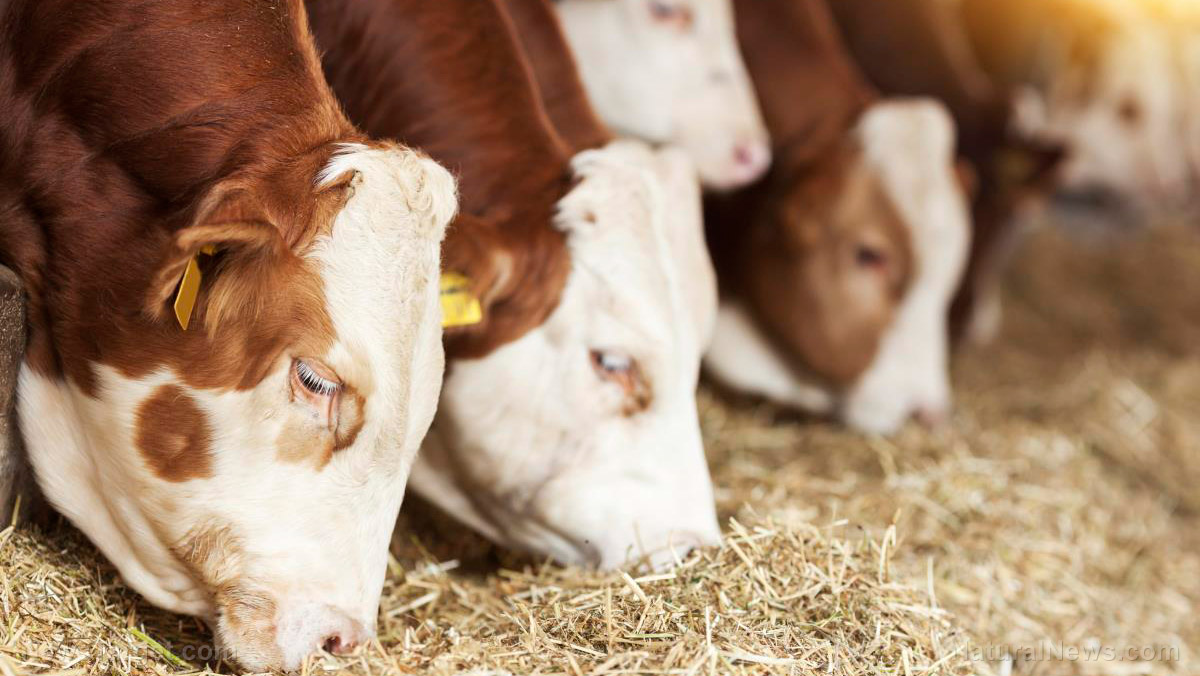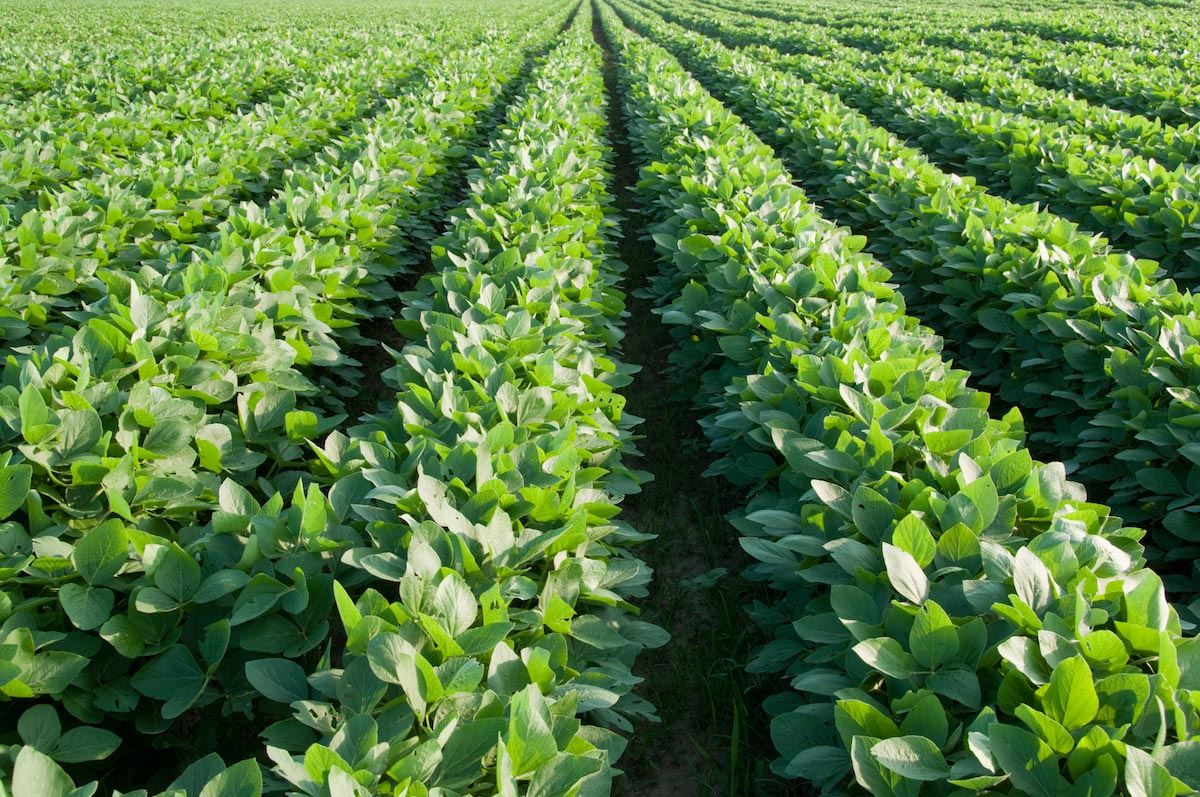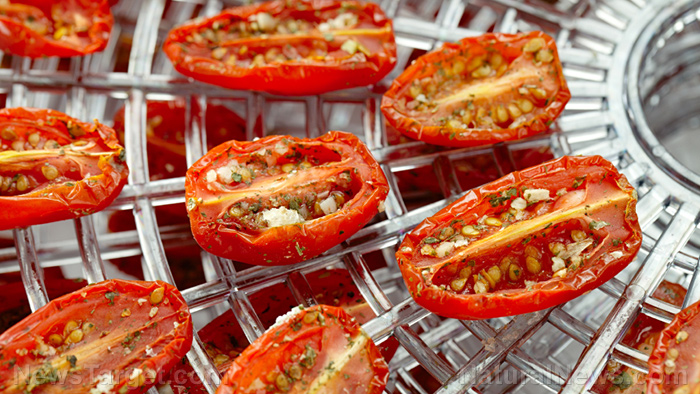Giant swarms of locusts ravage over 80% of crops and livestock feed in region of Russia
07/18/2022 / By Belle Carter

Giant swarms of locusts have ravaged over 80 percent of crops and livestock feed in Yakutia, a republic in northeastern Russia.
In Krasnodar Krai, a Russian federal subject, the insects have been destroying crops in the Primorsko-Akhtar region near the Black Sea. Russian media reported that “local authorities had no idea how to get rid of the plague.”
Petr Andryushchenko, adviser to the mayor of the Russian-occupied Ukrainian city of Mariupol, posted on social media that the locusts have targeted a city in the Primorsko-Akhtarsk district where military planes take off daily to bomb Ukraine’s Donetsk region.
“And now this damned city is under attack by the militant Ukrainian locust. This is an invasion that they cannot do anything about. Nature itself is taking revenge for what they did to Mariupol,” he said on Telegram.
To protect whatever is left to feed the livestock, Yakutia farmers are pouring chemicals into their fields.
“The locusts have destroyed more than 80 percent of the hay. Here we will no longer be able to stock up on hay for the winter,” stated the mayor of Syulya, a rural Russian district.
As the state of emergency is currently in effect, more than 350 hectares of hayfields have been treated with the chemical to control insects as per Pavel Samsonov, chief agronomist of the Department of Agriculture at Nyurba District.
In Krasnodar alone, the insects already occupied 2,500 hectares (6,177.63 acres), nearly the same size as 3,500 football fields. These locusts can cover a distance of several hundred kilometers a day.
Locust plague has been all over the world
Locusts are considered the most destructive migratory pest because they are highly mobile and can form swarms containing millions, leading to devastating impacts on crops, pasture and fodder.
From 2019 until 2021, the pests have swarmed farms in Kenya, Ethiopia, Uganda, Somalia, Eritrea, India, Pakistan, Iran, Yemen, Oman and Saudi Arabia.
The locust attacks between those years were the most serious in India since 1993, leaving damage of least 200,000 hectares (494,210.76 acres) of crops across 10 states. Indian states Rajasthan and Gujarat reported the highest crop losses.
The insects usually enter India from Africa, Saudi Arabia, Yemen, Oman and Pakistan just ahead of the monsoon season for summer breeding. They leave around October and November for Iran, Saudi Arabia, Yemen, Oman and Africa for spring breeding. In 2020, the locusts stayed in India after November because the monsoon was prolonged. (Related: New wave of desert locust swarms threaten East Africa.)
Apart from their most recent incursion in Russia, the insects also devastated Italy.
Farmers working in the central areas of Sardinia, a large Italian island, have seen swarms of locusts ravage their land. This year’s invasion has affected an area of around 60,000 hectares (148,263.23 acres), double that of 2021 and 30 times that of 2019.
“Here people farm the land to avoid purchasing fodder and other animal feeds,” said Rita Zaru, the mayor of Noragugume, a commune in the Nuoro Province in Sardinia. The mayor said anyone who had opted to farm grassland this year to boost milk production had lost the whole of their initial investment because of the locusts.
Find more stories about the problems farmers currently face at WorldAgriculture.news.
Watch the below video that talks about the massive locust infestation in Ethiopia about two years ago.
This video is from the ZGoldenReport channel on Brighteon.com.
More related stories:
Saudi Arabia poisoned 10,000 camels with pesticides in effort to protect crops from swarming locusts.
Massive locust swarms threaten parts of southern Africa.
Sources include:
Submit a correction >>
Tagged Under:
agriculture, chaos, Collapse, crops, disaster, Ecology, environment, famine, food collapse, food scarcity, food supply, harvest, hunger, India, Italy, locust plague, panic, Primorsko-Akhtar, rationing, Russia, Sardinia, starvation
This article may contain statements that reflect the opinion of the author
RECENT NEWS & ARTICLES
COPYRIGHT © 2017 HARVEST NEWS


